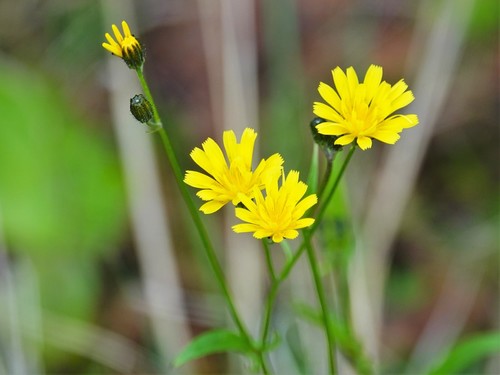About Eastern Red Cedar
An evergreen conifer native to eastern North America, known for its aromatic wood and scale-like leaves.
Care Requirements
Water Needs
every 7–14 days, allowing soil to dry slightly between waterings
Water thoroughly until runoff, allow soil to dry partially between waterings, an...Light Requirements
Full sun
Full sun (6–8 hours of direct sunlight daily). Tolerates partial shade but may...Care Level
Easy
moderateSoil Requirements
well-drained, sandy or loamy soil with moderate fertility
Ensure soil dries between waterings; avoid heavy clay soils; test pH periodicall...Temperature Needs
Hardy in USDA zones 3–9. Prefers cool winters and tolerates temperatures down to -30°F (-34°C).
Protect from winter winds; water deeply before freeze; avoid sudden temperature ...Common Problems & Solutions
Yellow Leaves
Yellowing leaves in Juniperus virginiana can indicate nutrient deficiencies, water stress, or pest i...
Diagnose & FixWilting
Wilting in Juniperus virginiana is often a sign of water stress, either due to drought or overwateri...
Diagnose & FixComplete Care Guides
How to Propagate
Stem cuttings (semi-hardwood) or layering....
Best Time: Late spring to early summer when new growth is mature but not woody.
Full Propagation GuideHow to Prune
Selective thinning of branches; avoid shearing, which can damage the plant's natural form....
Frequency: Annually in late winter or early spring before new growth begins.
Full Pruning GuideHow to Repot
Remove old soil gently; trim any circling roots; repot in fresh, well-draining soil mix....
Best Season: Early spring before active growth starts.
Full Repotting GuideHow to Fertilize
Use a balanced, slow-release fertilizer in early spring. Avoid fertilizing in late summer or fall to...
Frequency: every 3–4 months during spring and summer with a balanced, slow-release fertilizer
Full Fertilizing GuideFrequently Asked Questions
Q: Is Eastern Red Cedar toxic to pets?
A: Yes, it is mildly toxic to dogs and cats if ingested.
Read Full AnswerQ: How fast does Juniperus virginiana grow?
A: It grows at a moderate rate, typically 12-24 inches per year.
Read Full AnswerQ: Can Eastern Red Cedar be used for culinary purposes?
A: While some juniper berries are used in cooking, those of J. virginiana are generally too bitter and are not commonly used for culinary purposes.
Read Full AnswerSimilar Plants




